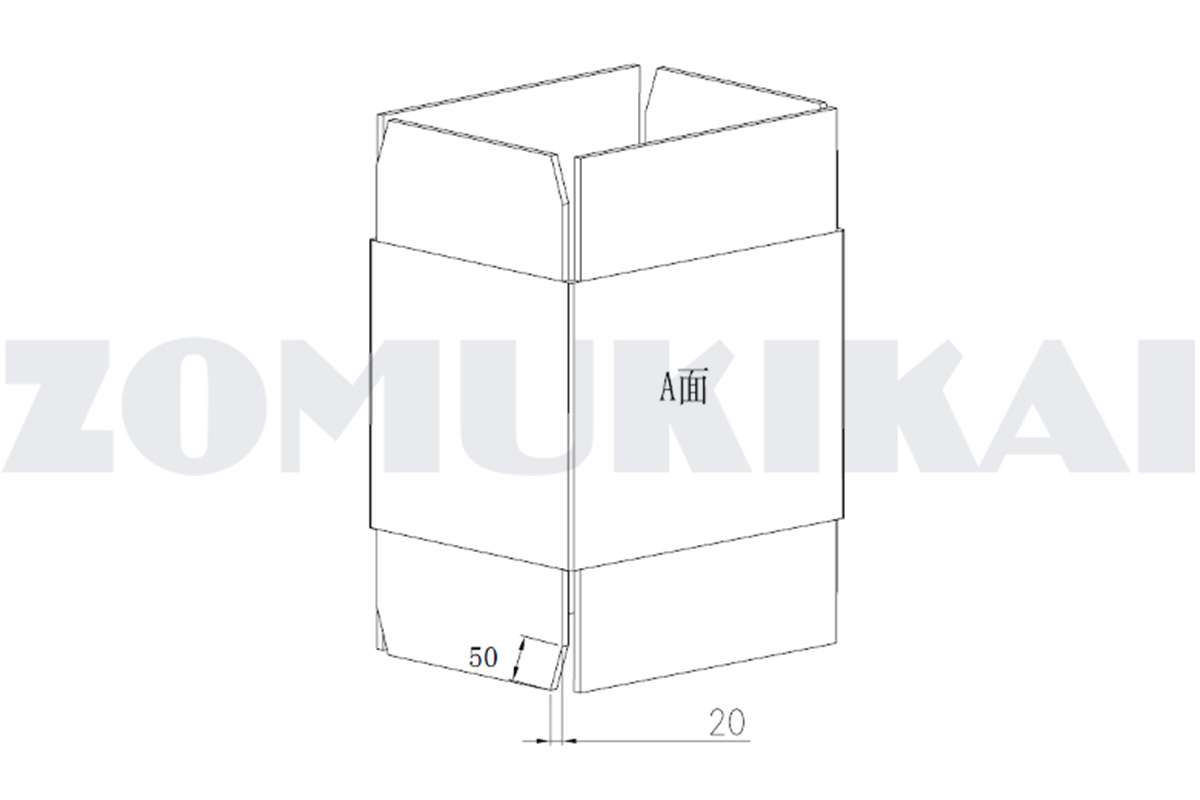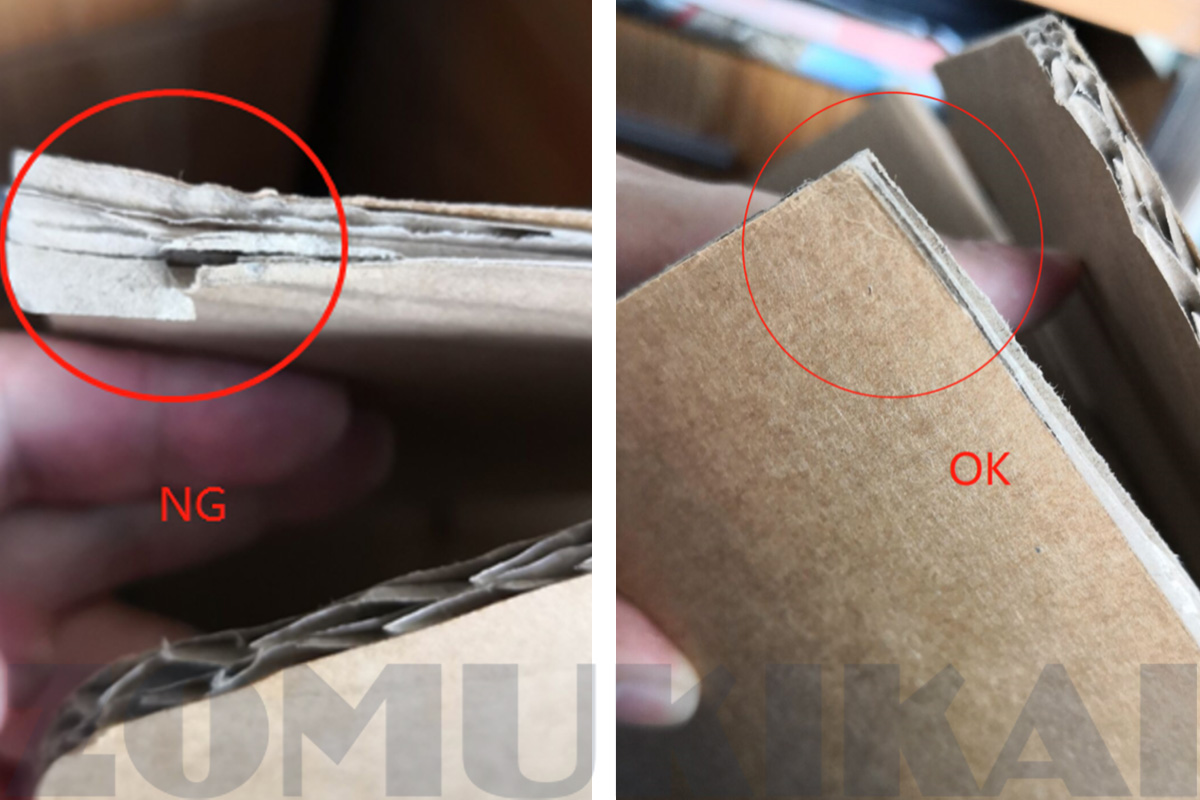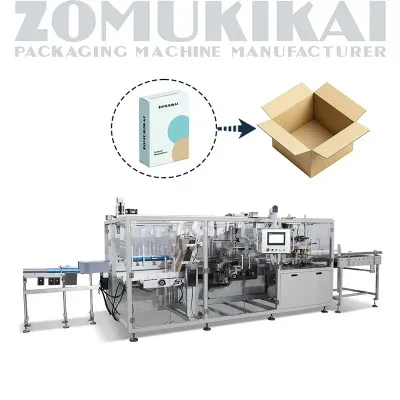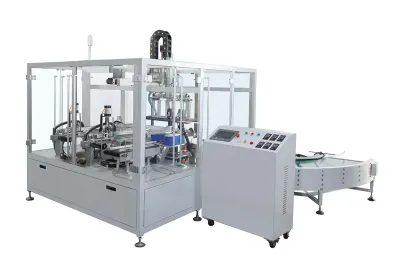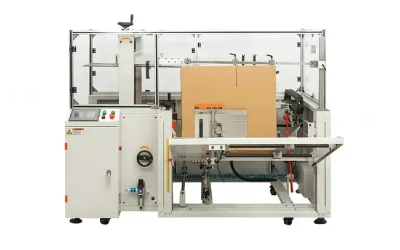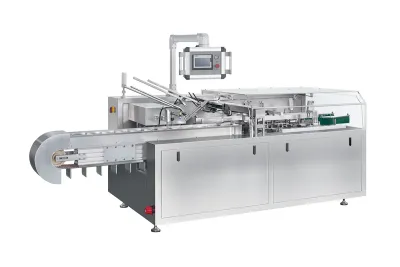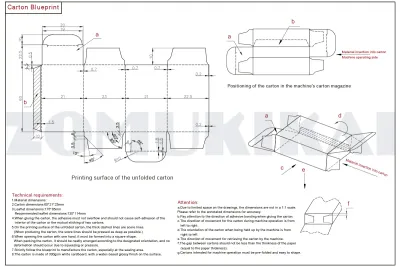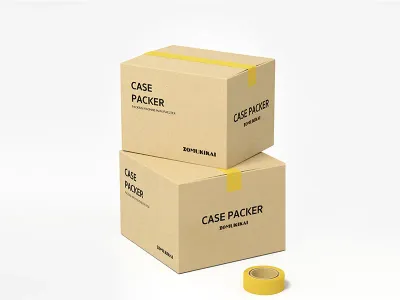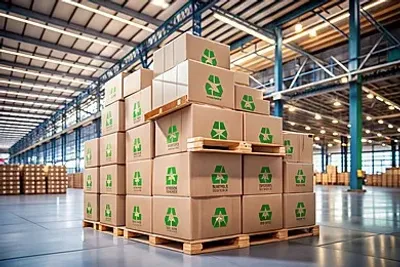Standard Requirements for Cartons Used in Automatic Case Packer
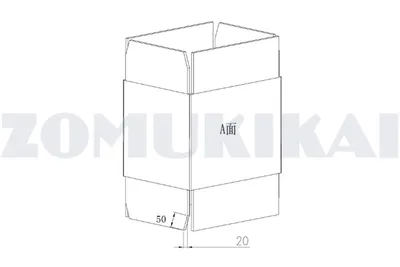
When using automatic case erectors, case packers, and case sealers, the quality and design of your cartons play a crucial role in ensuring smooth operation and perfect sealing. Poorly made cartons can cause misalignment, deformation, or sealing failures.
Below are the main factors that affect sealing quality and the standard requirements for machine-use cartons.
1️⃣ Factors Affecting Carton Sealing Quality
(1) Carton Manufacturing Problems
Improper carton design or poor material quality can directly affect sealing performance:
- Carton too soft: causes compression, deformation, or belt marks during sealing.
- Shallow crease lines: make the top flaps difficult to fold, leading to front-end deformation.
- No corner cuts: front and rear flaps may press against side flaps and deform the box.
- Side flaps too wide: if the total width of two side flaps exceeds the carton width, flaps will overlap and cause poor sealing.
- Side flaps too long: if flaps extend beyond the carton length, the top edges may curl after sealing.
- Soft or damaged flap corners: may result in curling at the front after sealing.
- Uneven carton dimensions: different widths or lengths may lead to a parallelogram-shaped box after sealing.
- Moisture, dust, or uneven surfaces: reduce sealing adhesion and appearance quality.
(2) Packing Issues
The way products are loaded inside the carton also affects sealing results:
- Not fully filled in height: when the folding arm presses down, the top may deform.
- Not fully filled in width: the carton may twist into a parallelogram, causing flap misalignment.
- Not fully filled in length: the front may deform when pressed by rollers, leading to flap curling.
- Improper carton ratio: tall-narrow or short-high boxes may jam inside the machine.
- Overfilled carton: inner products push the flaps apart, making the tape burst open.
- Too light or too heavy: unbalanced load may cause slipping or poor conveying through the sealing head.
(3) Tape Issues
- Excessive stickiness: causes wrinkling and uneven sealing.
2️⃣ Carton Manufacturing Standards for Automatic Machines
To ensure smooth operation and good sealing quality, cartons used in automatic packaging machines must meet the following standards:
- Corner cuts: 50 × 20 mm (for large cartons, increase proportionally).
- Material: use strong, rigid corrugated board — not too soft.
- Crease depth: should be about two-thirds of the carton thickness for smooth folding.
- Side flap width: total width of both side flaps should be 2 mm less than the total carton width (to avoid overlap).
- Dimension tolerance: length and width error should be less than ±2 mm.
- Flap length: each side flap should be 2 mm shorter than the carton length — never exceed it.
- Flap alignment: after folding, deviation between front and rear flaps should be less than 2 mm.
- Flap corners: must be firm and undamaged — soft corners lead to curling.
- Surface: must be flat, clean, dry, and free from deformation or moisture.
Conclusion
High-quality cartons are the foundation of stable automatic packaging performance.
By following these carton manufacturing standards, you can:
- Improve sealing accuracy
- Prevent jamming and deformation
- Reduce machine downtime
- Enhance the final appearance of your packaged products
At ZOMUKIKAI, we always recommend that customers use machine-grade cartons meeting the above standards to achieve the best results with automatic case erectors, packers, and sealers.
Latest Stories
High-Speed Full-Servo Case Packer: Automating Carton Loading into Corrugated Boxes
Standard Requirements for Cartons Used in Automatic Case Packer
ZC-TL1500 Multi-Station Case Packer: Versatile, Efficient Packaging for Diverse Industries
Automatic Case Erector ZC-E400 – Improve Carton Processing Efficiency with ≥99.9% Accuracy
